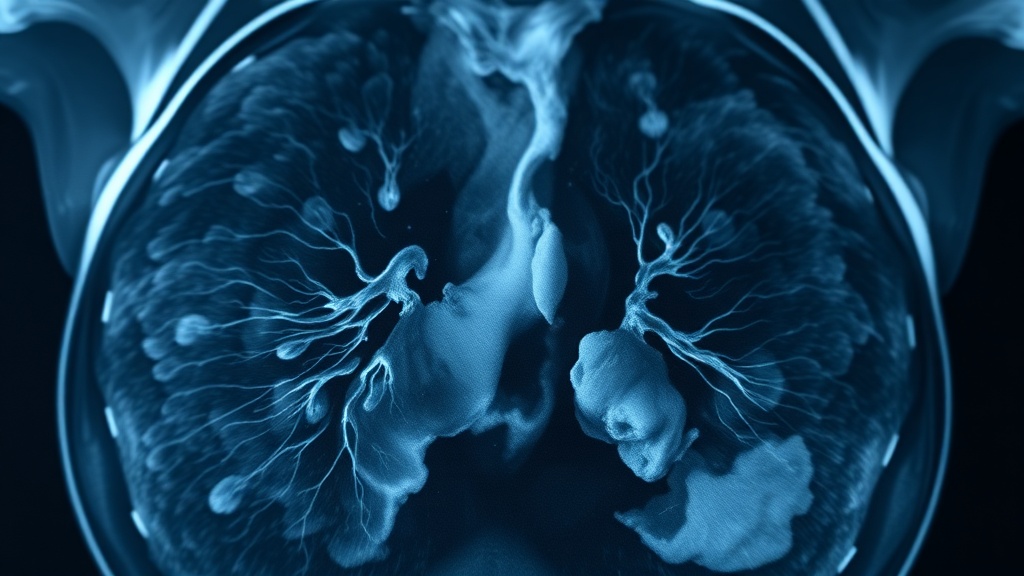Home / Health / Dense Breasts: New Guidelines for Earlier Cancer Detection
Dense Breasts: New Guidelines for Earlier Cancer Detection
19 Nov
Summary
- New federal guidelines direct GPs to offer extra care for high breast density.
- Dense breasts can mask early signs of cancer on mammograms.
- Patients with dense breasts may get extra screening covered by Medicare.

New federal guidelines released by the health department now advise GPs to provide additional care to patients with higher breast density. This is crucial as dense breast tissue can make it significantly harder for mammograms to detect small abnormalities, a challenge highlighted by Krysty Sullivan's experience.
Sullivan was diagnosed with advanced triple-negative breast cancer eleven months after a routine mammogram showed no issues. Doctors believe the cancers were present but undetected due to her Bi-rads D breast density. The new guidelines aim to prevent such delays by ensuring GPs discuss breast density with patients.
For individuals with high breast density, GPs will be guided to assess other risk factors and consider additional imaging, potentially covered by Medicare. This initiative seeks to identify women who may benefit from further screening, ensuring earlier detection and more personalized breast cancer care.



